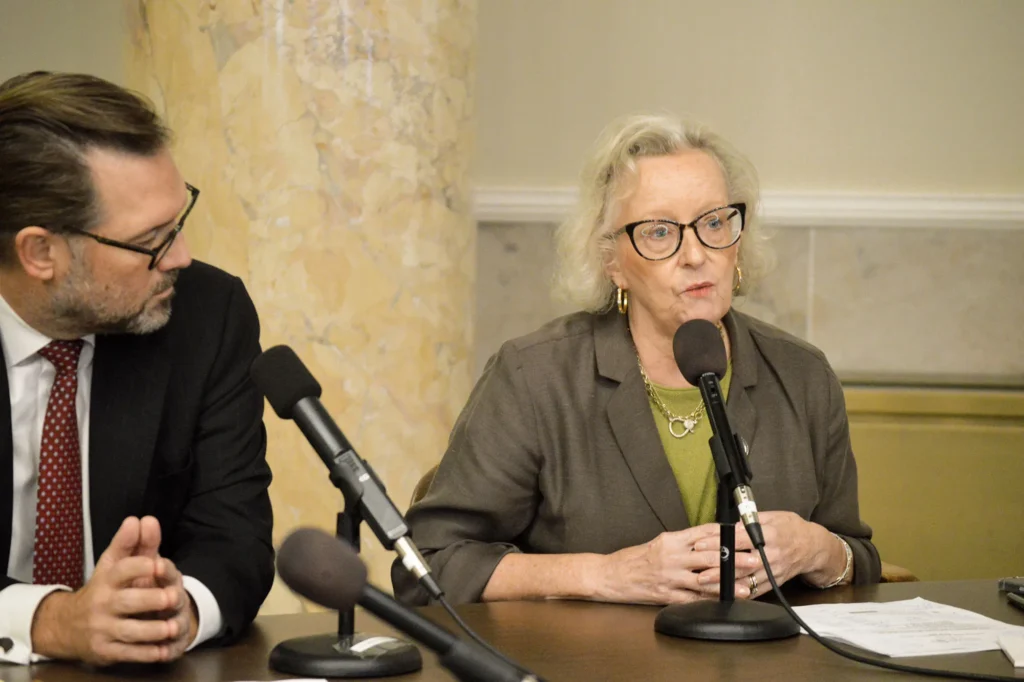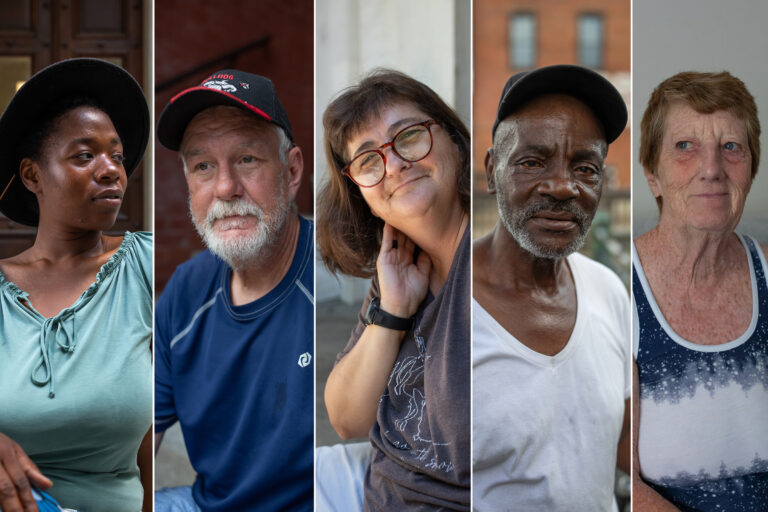Spotlight is growing a network of content partners across the country as part of our poverty journalism project. In early 2022, we launched a Poverty Journalism Collective for several dozen Mississippi newsrooms. Funded by the W.K. Kellogg Foundation, the collective allows participants to republish stories from fellow members that touch on poverty and opportunity topics. If you’re interested in sharing content generally or working together on a specific story or set of stories, please contact Bill Nichols.
Click here for a list of our journalism partners, and see below for their recent stories on poverty-related issues.
Jackson Could Ban Homeless Encampments Under Proposed Ordinance
By Shaunicy Muhammad, Mississippi Free Press

December 17, 2024 – “The City of Jackson could ban homeless encampments on city property and allow the forced removal of campsites. The City Council delayed plans to vote on the issue this morning.”
Read MoreYear in Review: EdNC’s top 10 news stories of 2024
By Alli Lindenberg, EducationNC

December 16, 2024 – “The year 2024 has been a big one for public schools in North Carolina. We saw and will continue to assess the impact of school choice expansion, resulting in more public funding for private schools than ever before.” Graphic Credit: Lanie Sorrow, EdNC
Read MoreFacing Decades in Prison, a Mississippi Mother Defied a Prosecutor and a Hazy Legal Theory
By Anna Wolfe, Mississippi Today

December 12, 2024 – “Brandy Moore says her 5-year-old daughter saved her life. The rural Mississippi mother began her 2019 pregnancy bitterly. The father wanted no involvement and encouraged her to get an abortion, she said. As Moore plotted where and when to get the procedure, which was still legal in Mississippi at the time, she was using crystal meth to cope.” Photo Credit: Eric Shelton, Mississippi Today
Read MoreTrump’s mass deportation would cause economic pain in New Mexico
By Trip Jennings, New Mexico In Depth

December 11, 2024 – “As we close in on a second Trump administration, it is difficult to predict whether the president-elect will deliver on his promise to deport the country’s undocumented immigrant population estimated at between 11 million and 13 million, including 53,000 people in New Mexico.”
Read MoreThe dark future of American child care
By Jackie Mader, Youth Today

December 9, 2024 – “Zachary David Typer was 6 months old when he suffocated after being put down for a nap by his child care provider in Topeka, Kansas. Left on an adult bed, Zachary rolled over and became trapped between the mattress and the footboard.”
Read MoreThe Long Road to Rebuilding
By Kate Denning, The Assembly

October 17, 2024 – “We talked to engineering experts about what it will take to repair and replace the hundreds of roads, bridges, and culverts that Hurricane Helene destroyed. The short answer: lots of time and money, and some creativity.”
Read MoreA Historic North Carolina Church Gathers After The Storm
By Ella Adams, The Assembly

October 9, 2024 – “The Junaluska Gospel Choir band riffed upbeat tunes as congregants of the Boone Mennonite Brethren Church greeted each other and settled into the wooden pews on Sunday morning. It was the first service since Hurricane Helene swept across Western North Carolina, causing widespread flooding and landslides…”
Read MoreThe Faces of Wilmington’s Unhoused
By Kelly Kenoyer, Madeline Gray, The Assembly

August 7, 2024 – For several months, WHQR followed the lives of homeless individuals in Wilmington, N.C. All face significant challenges and work together to stay safe. This story was originally published in WHQR and was made possible by a grant from the Fourth Estate Fund.
Read More‘We Come Here Broken and Desperate’
By Cy Neff, The Assembly

April 16, 2024 – “Barbara Adeyemi’s life was bottoming out. She had stopped working in order to care for her mother, who then passed away. Behind on bills with no place to stay and nowhere else to turn, Adeyemi found herself at the doors of the Durham Rescue Mission in November 2018.”
Read More










